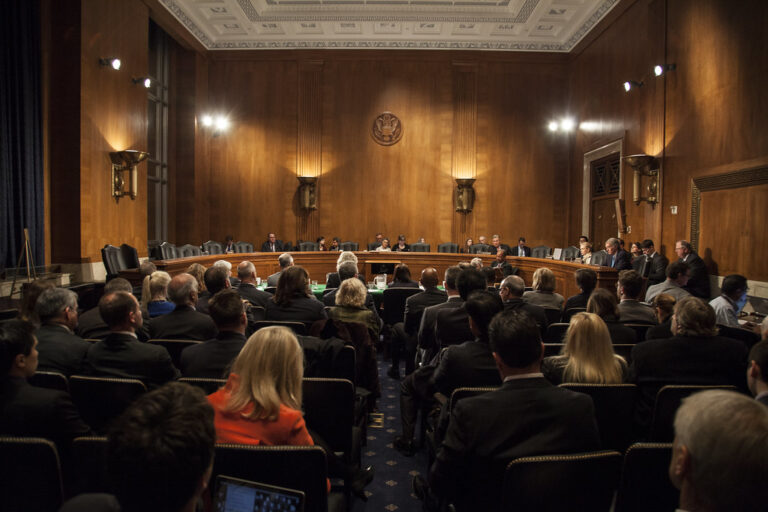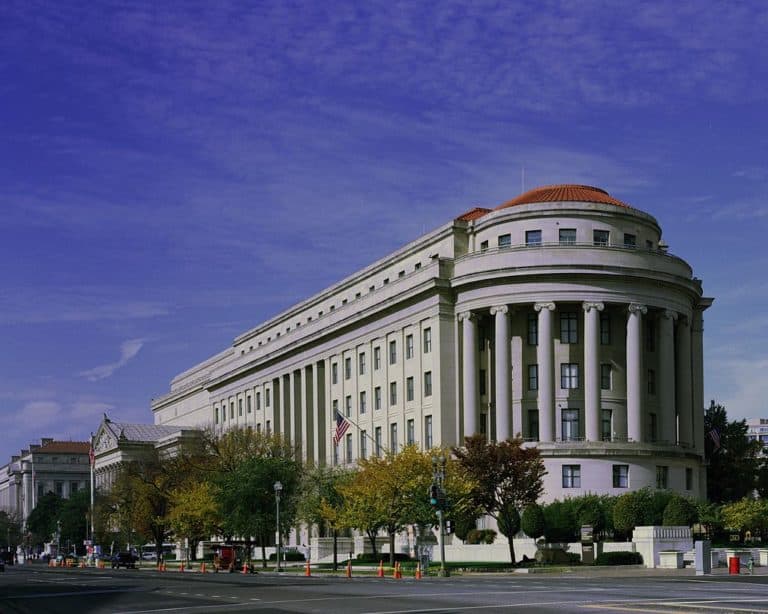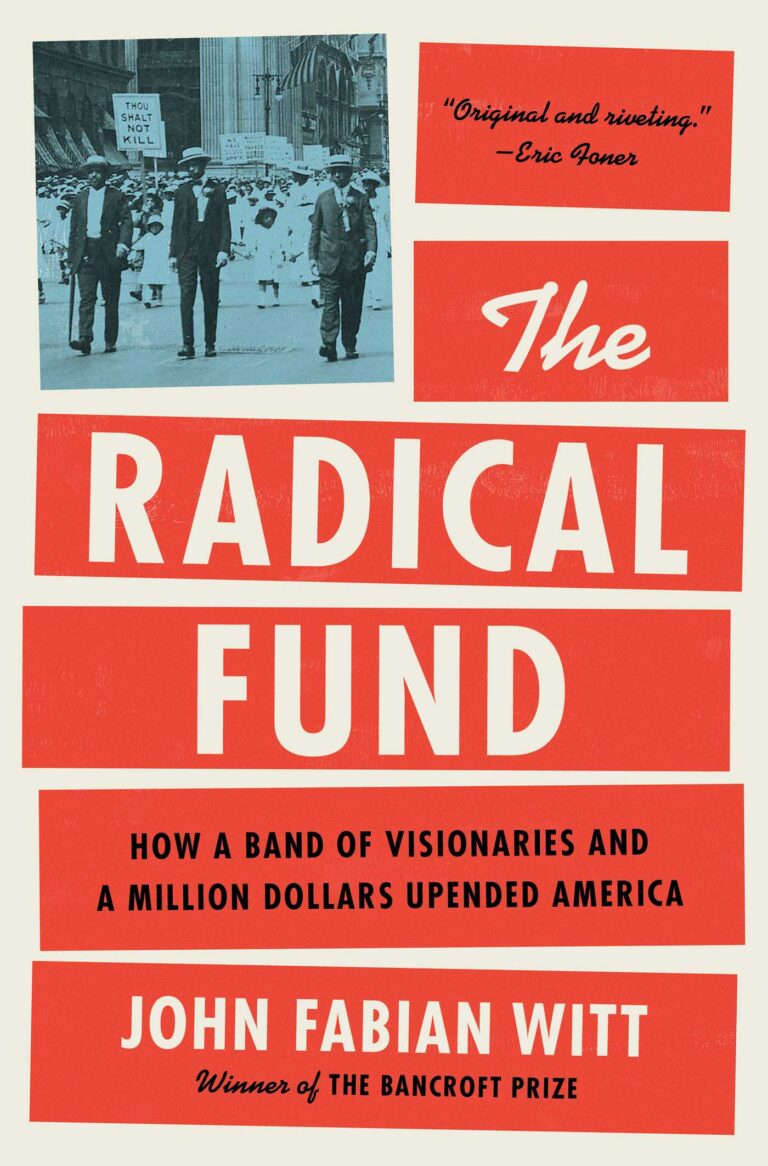In today’s news and commentary, the International Alliance of Theatrical Stage Employees enters the final stages of negotiations for its basic agreement and the Supreme Court appears likely to side with Starbucks in 10(j) injunctions case.
The International Alliance of Theatrical Stage Employees (IATSE), which represents film and TV crew members, enters the final stages of its months-long bargaining process with the Alliance of Motion Picture and Television Producers (AMPTP). In comparison to the contentious negotiating between the AMPTP and other entertainment unions last year, IATSE’s negotiations have been fairly smooth. So far, negotiations have addressed specific concerns of the individual crafts – makeup artists, hair stylists, costume designers, set decorators. Today, the union will begin broader negotiations for the basic agreement covering all entertainment craftspeople. IATSE is seeking significant wage increases, increased penalties for rest-period violations, improved sick leave, and expanded streaming residuals. Matthew Loeb, IATSE’s international president, has indicated a desire to reach agreement as soon as possible. IATSE has never staged a nationwide strike, and many crew members were unable to work during the writers’ and actors’ strikes last year. Still, the union has not ruled out a strike should it be necessary.
Last week, the Supreme Court heard oral argument in the Starbucks 10(j) injunction case. As John reported, the case was brought by Starbucks after the NLRB obtained a 10(j) injunction temporarily halting the firing of union organizers dubbed the Memphis 7. The case before the Court was not about the firing of the organizers, but rather about what standard courts apply when considering an NLRB request for injunction. Starbucks argued for imposing a more rigorous, four-factor test which includes an assessment of whether the side seeking relief would suffer irreparable harm without the injunction. The Court’s ruling is expected by the end of June, but, based on questioning during oral argument, it appears the Court will come down on the side of the company. The legal implications of their ruling is unlikely to be substantial. However, it signals to unions and to courts that protecting workers’ rights is difficult.







Daily News & Commentary
Start your day with our roundup of the latest labor developments. See all
November 20
Law professors file brief in Slaughter; New York appeals court hears arguments about blog post firing; Senate committee delays consideration of NLRB nominee.
November 19
A federal judge blocks the Trump administration’s efforts to cancel the collective bargaining rights of workers at the U.S. Agency for Global Media; Representative Jared Golden secures 218 signatures for a bill that would repeal a Trump administration executive order stripping federal workers of their collective bargaining rights; and Dallas residents sue the City of Dallas in hopes of declaring hundreds of ordinances that ban bias against LGBTQ+ individuals void.
November 18
A federal judge pressed DOJ lawyers to define “illegal” DEI programs; Peco Foods prevails in ERISA challenge over 401(k) forfeitures; D.C. court restores collective bargaining rights for Voice of America workers; Rep. Jared Golden secures House vote on restoring federal workers' union rights.
November 17
Justices receive petition to resolve FLSA circuit split, vaccine religious discrimination plaintiffs lose ground, and NJ sues Amazon over misclassification.
November 16
Boeing workers in St. Louis end a 102-day strike, unionized Starbucks baristas launch a new strike, and Illinois seeks to expand protections for immigrant workers
November 14
DOT rule involving immigrant truck drivers temporarily stayed; Unions challenge Loyalty Question; Casino dealers lose request for TRO to continue picketing